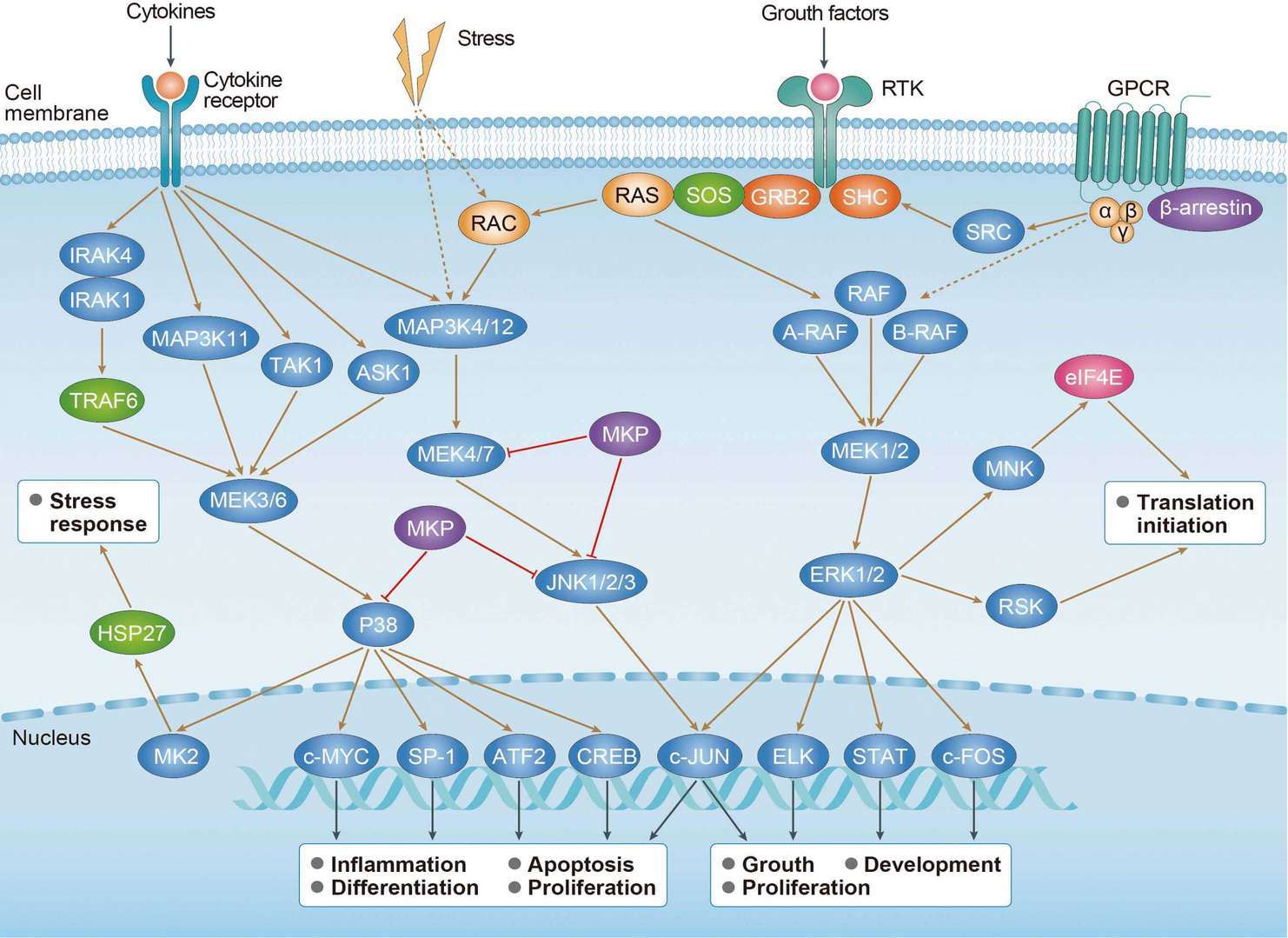Anti-AKAP9 Immunohistochemistry Kit
CAT#: VS-0525-XY269
The AKAP9 IHC kit ensures reliable detection in centrosomal and Golgi structures. Its ready-to-use formulation simplifies both routine and specialized tissue analysis.










Specifications
- Application
- IHC
- Size
- 50 Tests
- Species Reactivity
- Human
- Target
- AKAP9
- Primary Antibody
- Mouse Anti-AKAP9 Antibody
- Secondary Antibody
- Goat anti-Mouse Antibody, HRP
- Sample Type
- FFPE tissue; Frozen section tissue
- Kit Storage
- All reagents should be kept at 2-8°C. The kit remains stable for up to 6 months after arrival.
Customer Review
There are currently no Customer reviews or questions for VS-0525-XY269. Click the button above to contact us or submit your feedback about this product.
Submit Your Publication
Published with our product? Submit your paper and receive a 10% discount on your next order! Share your research to earn exclusive rewards.
Related Signaling Pathways
Downloadable Resources
Download resources about recombinant antibody development and antibody engineering to boost your research.
Datasheet
MSDS
COA
Certificate of Analysis LookupTo download a Certificate of Analysis, please enter a lot number in the search box below. Note: Certificate of Analysis not available for kit components.
Protocol & Troubleshooting
We have outlined the assay protocols, covering reagents, solutions, procedures, and troubleshooting tips for common issues in order to better assist clients in conducting experiments with our products. View the full list of Protocol & Troubleshooting.
See other products for "AKAP9"
Select a product category from the dropdown menu below to view related products.
| CAT | Product Name | Application | Type |
|---|---|---|---|
| MOB-0544MZ | Mouse Anti-AKAP9 Recombinant Antibody (clone 28H20) | IF, IP, WB | Mouse IgG |
Popular Products

Application: IF, IP, Neut, FuncS, ELISA, FC, ICC

Application: WB, FuncS, IF, Neut, ELISA, FC, IP

Application: WB, ELISA, FC, IP, FuncS, IF, Neut

Application: ELISA, WB, BLI, SPR

Application: ELISA, Inhib, FC
-2.png)
Application: WB, ELISA

Application: ELISA, FC, WB, Block

Application: FC, IA, IF, IP, IHC, FuncS

Application: ELISA, FC

Application: ELISA, Activ, Block

Application: ELISA, IHC, IF, IP

Application: ELISA, Inhib, FuncS
For research use only. Not intended for any clinical use. No products from Creative Biolabs may be resold, modified for resale or used to manufacture commercial products without prior written approval from Creative Biolabs.
This site is protected by reCAPTCHA and the Google Privacy Policy and Terms of Service apply.













 cAMP Signaling Pathway
cAMP Signaling Pathway






-5.jpg)


